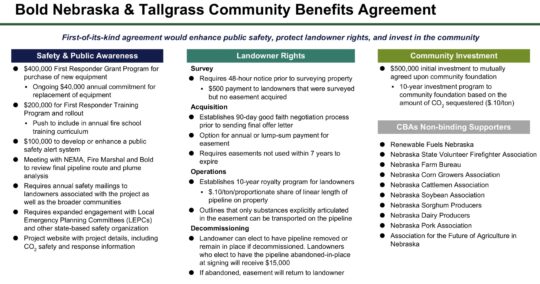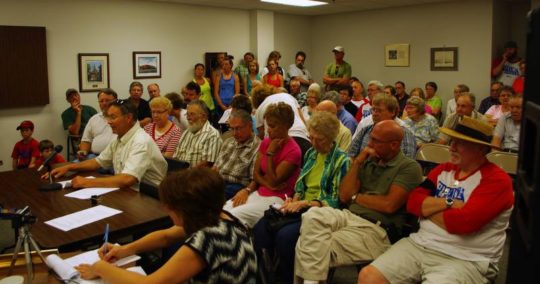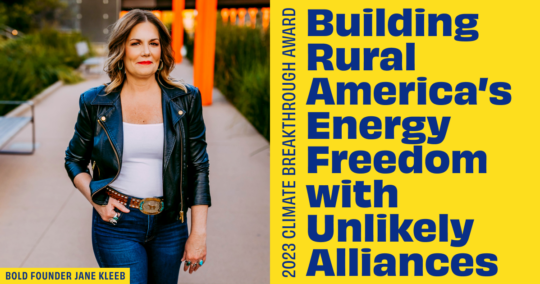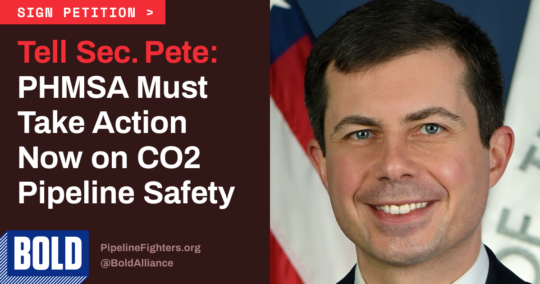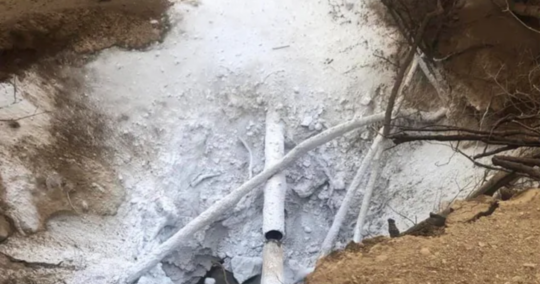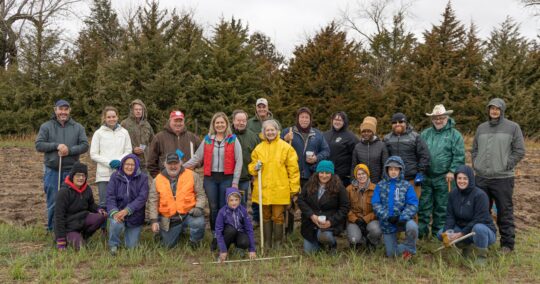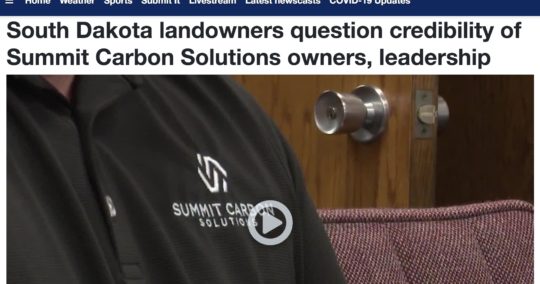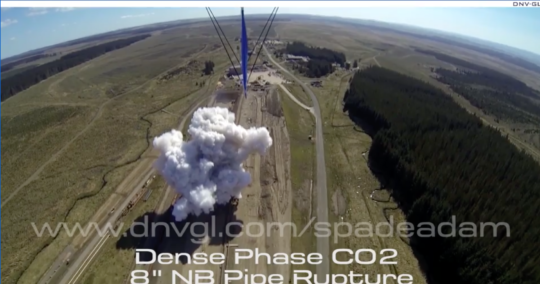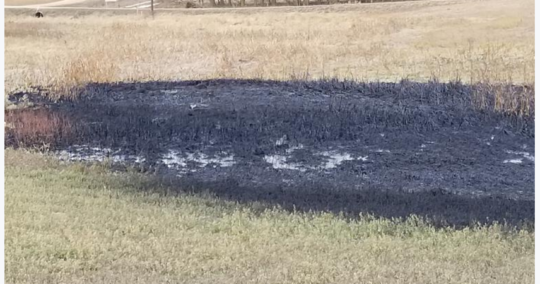A large color print of Franklin Delano Roosevelt hangs in the parlor of Fred Christensen’s farmhouse outside Oakland, Nebraska. It’s only a reproduction—a lithograph of the famous painting completed by Frank O. Salisbury in 1935, the one that eventually became the official presidential portrait. But the picture holds special meaning for Fred, because that was the year that the Burt County Public Power District was created. His great uncle, Dudley Beck, was named the first district manager, and a year later his grandfather helped string the power lines. By then Roosevelt had signed the Rural Electrification Act—authored by our own George W. Norris—but Fred’s grandfather and his neighbors couldn’t wait for government work crews to arrive. “They were so excited,” he told me, “that they were out with their horses and their spades and their post diggers. They actually built the line to try and help the linemen get the power to them as soon as they possibly could.”
We were sitting on a bench on the front porch of the farmhouse, looking down the rail-straight gravel road shadowed by those very power lines. Fred is a bear of a man, barrel-bodied and grizzled, but he is soft-spoken, with a teacher’s patient cadence. He received a bachelor’s in engineering from the University of Nebraska–Lincoln—and retains an engineer’s methodical turn of mind. But when an uncle who had been running the family farm suffered a heart attack, Fred gave up engineering and came home. How could he not? Five generations of Christensens have farmed that land—ever since two bachelors from Denmark, Christian Christensen and Ole Larson, came up the Missouri River and walked west until the grass was over their heads. Taller grass meant better soil, they reasoned, so they made a dugout—enough improvement to satisfy the Homestead Act—and started farming. The Christensen family expanded their operation by purchasing abandoned homesteads and, in 1914, Fred’s grandfather built the big red barn and the farmhouse where Fred still lives with his wife, Sandi.
For Fred, coming back to the farm also meant taking a role in local government. “Public service goes hand-in-hand with farming,” he told me. It is about stewardship and tradition. Christensen’s parents were active in the Democratic Party, hosting the Bell Creek Township caucus, so Fred ran for the clerkship of Bell Creek Township in 1971—and has been the clerk ever since. And, over the years, he has added other responsibilities, serving on the Logan East Water Board for the township and on the State Farm Service Agency (FSA) Committee. For the last fifteen years, Fred has also served on the board of the Burt County Public Power District (the same district his great-uncle founded) and sees running for the Nebraska Public Power District, to represent District 11, as “a natural progression.”
The next six years, the term for board chairmen, will be a pivotal time in determining Nebraska’s energy future, Fred told me—a time for making real change, not just paying lip service. “It’s a little too easy to put on your resume when you’re running for office that you’re for renewables,” he said, “because everybody is for renewables,” but actually taking the steps to build the infrastructure for renewable energy is going to be a big job. He likens the task of switching over to homegrown wind and solar to the original REA effort undertaken by Roosevelt. “Wind and solar both are expensive right now, but they’re becoming affordable,” he said, “and the public power infrastructure in Nebraska will soon need to be replaced anyway.” And because the old infrastructure was installed in a short period during the 1930s, the failures of that old system “may hit us all at once.”
To head off this problem, Fred believes that NPPD needs to incrementally replace existing infrastructure and update its technology to better make use of renewables. He also supports C-BEDs (Community-Based Energy Development projects), which, by embracing alternative energy, have been shown to put as much as 5 times the revenue of conventional energy sources back into rural economies. C-BEDS can sell energy to NPPD while taking advantage of tax incentives offered by the Federal Government—which NPPD cannot, because as a public power district it already operates tax-free. If NPPD would take these necessary steps toward maximizing Nebraska’s wind energy potential, he believes we could significantly reduce Nebraska’s carbon footprint.
Fred knows such changes will be challenging, but he thinks every day of the importance of our energy policy in shaping the legacy we leave behind. His family has lived on the same land since 1867, and his son, Max, has a home right across the gravel road with his wife and two daughters. The next few years will be a critical time, he said, to invest in homegrown wind and renewable energy, just as his forebears invested in the REA.
“Why not take incremental steps now,” Fred asked, “so that there’s something left for future generations?”
Learn More and Volunteer:
To learn more about Fred Christensen or to volunteer for his campaign to serve as NPPD’s District 11 Director, a position that will influence where Nebraska is heading on energy, visit Fred’s website at www.fred4nppd.com. You can also find Fred on Facebook.
About the NPPD Board of Directors:
To find out if you are in District 11, or who your NPPD representative is, visit http://www.nppd.com. District 11 covers the counties of Cedar, Dixon, Dakota, Wayne, Thurston, Cuming, Burt, Dodge, and Washington; Excludes cities of Fremont and Blair.
Nebraska is the only state that has 100% public power. That means the NPPD Board of Directors are chosen by you. These offices often get overlooked. If you care about energy, you need to look closely at these elections.
Editor’s Notes:
Fred’s profile is the first in a series to highlight candidates who embody “new energy.” Candidates who bring new energy, new faces or who are running on a platform of homegrown, sustainable energy deserve more focus and attention. These profiles will also be featured on the New Energy Voter website which will give Nebraskans a “voter guide” you can email to your friends. The New Energy Voter site helps you register online using the Rock the Vote tool and in mid-September we will post the voter guide on the New Energy Voter site. If you are on Twitter, make sure to use these tags #nevoter #nebpol and of course follow @boldnebraska.

